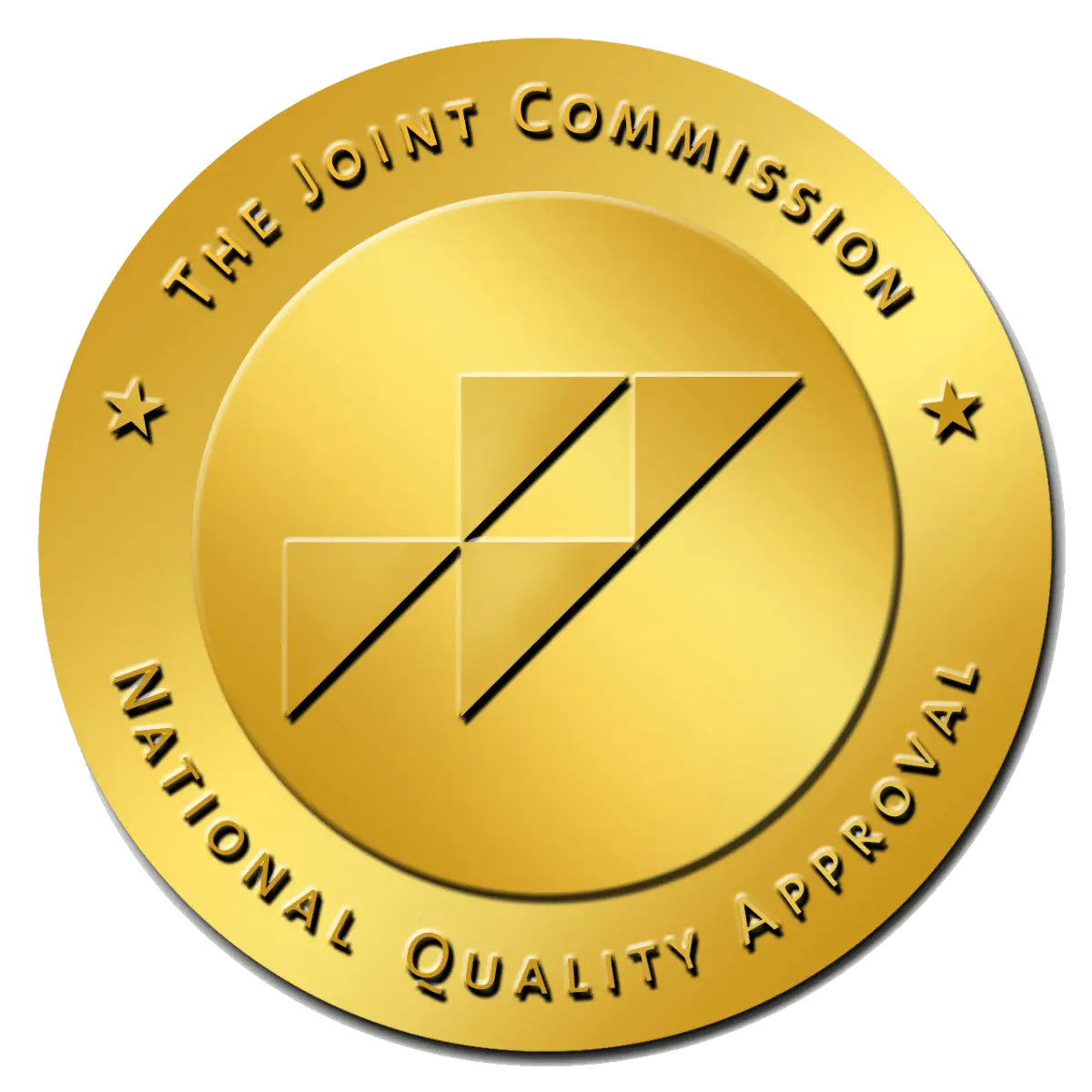What are Cocaine Eyes?
Written by: Michelle Beaupre, PhD, LCSW | Reviewed by: Christian Small, MD
Cocaine use has various recognizable signs and symptoms, one of which is commonly referred to as “cocaine eyes.” This term describes the distinct changes in the appearance and behavior of the eyes caused by cocaine use. These symptoms include significant pupil dilation (mydriasis), red or bloodshot eyes due to vasoconstriction, increased tearing or dry eyes, and rapid, involuntary eye movements (nystagmus). These ocular changes result from cocaine’s stimulant effects on the central nervous system, which increases levels of neurotransmitters such as dopamine, norepinephrine, and serotonin. Recognizing these signs can be an essential step in identifying and addressing cocaine addiction.
Understanding these signs is crucial for identifying cocaine abuse and seeking timely help. About 5.3 million people in the United States reported using cocaine in 2022, highlighting the importance of recognizing these symptoms for early intervention. By identifying signs like cocaine eyes, friends, family, and healthcare providers can better detect cocaine abuse and facilitate timely and effective treatment.

Understanding Cocaine Eyes
“Cocaine eyes” refer to the characteristic changes in the eyes of an individual under the influence of cocaine. These changes are primarily due to the drug’s stimulant effects on the central nervous system, which lead to several noticeable symptoms. The most prominent symptom is significant pupil dilation (mydriasis), where the pupils become markedly larger and can remain dilated for hours. Cocaine also causes vasoconstriction, which reduces blood flow and oxygen delivery to the eyes, resulting in red or bloodshot eyes. Additionally, users may experience increased tearing or, conversely, dry eyes, both of which can cause discomfort and frequent eye rubbing. Rapid and involuntary eye movements (nystagmus) are another telltale sign, making the user restless and unfocused.
Understanding these symptoms is crucial for identifying cocaine use and seeking timely intervention. According to the National Center for Drug Abuse Statistics (NCDAS), approximately 2% of people in the United States aged 18 or older were current users of cocaine in 2020. This statistic underscores the importance of recognizing signs like cocaine eyes for early detection and treatment of cocaine abuse. By identifying these ocular changes, friends, family, and healthcare providers can play a vital role in helping individuals receive the necessary support and treatment for cocaine addiction.
Key Symptoms of Cocaine Eyes
- Dilated Pupils: One of the most immediate and obvious signs of cocaine use is dilated pupils. Cocaine stimulates the release of norepinephrine and epinephrine, which cause the pupils to enlarge significantly. This condition, known as mydriasis, can last for several hours after use.
- Red or Bloodshot Eyes: Cocaine can cause vasoconstriction (narrowing of blood vessels), leading to reduced blood flow and oxygen delivery to the eyes. This can result in red or bloodshot eyes, as the blood vessels on the surface of the eyes become more visible.
- Increased Tearing: Users may experience increased tearing or watery eyes. This is a result of the irritation caused by the drug and its impurities.
- Dry Eyes: Paradoxically, some users may experience dry eyes due to reduced tear production. This discomfort can lead to frequent blinking or rubbing of the eyes.
- Eye Movements: Cocaine use can cause rapid and involuntary eye movements, a condition known as nystagmus. This can make the user appear restless and unfocused.
Causes of Cocaine Eyes
Cocaine eyes refer to the characteristic changes in the eyes of an individual under the influence of cocaine. These changes are primarily due to the drug’s stimulant effects on the central nervous system, which lead to several noticeable symptoms. The most prominent symptom is significant pupil dilation (mydriasis), where the pupils become markedly larger and can remain dilated for hours. Cocaine also causes vasoconstriction, which reduces blood flow and oxygen delivery to the eyes, resulting in red or bloodshot eyes. Additionally, users may experience increased tearing or, conversely, dry eyes, both of which can cause discomfort and frequent eye rubbing. With the increasing prevalence of fentanyl in cocaine, these symptoms may also be accompanied by signs of opioid contamination, such as severe sedation or confusion, adding another layer of risk for users. Rapid and involuntary eye movements (nystagmus) are another telltale sign, making the user restless and unfocused.
Interestingly, cocaine’s ability to cause pupil dilation is utilized in modern medical diagnostics for conditions like Horner’s syndrome. According to a study published on PubMed, cocaine eye drops are applied to verify the diagnosis of Horner’s syndrome by observing pupil dilation. This application highlights the drug’s potent effects on the eyes and underscores the importance of recognizing these signs for early detection and treatment of cocaine abuse. By identifying these ocular changes, friends, family, and healthcare providers can play a vital role in helping individuals receive the necessary support and treatment for cocaine addiction.
Long-Term Effects of Cocaine Use on the Eyes
While the immediate effects of cocaine on the eyes are often temporary, long-term use can lead to more serious ocular health issues.
Chronic Redness and Irritation
Repeated use of cocaine can cause chronic redness and irritation of the eyes. This can lead to persistent discomfort and an increased risk of eye infections due to frequent rubbing and scratching.
Increased Risk of Glaucoma
Cocaine use can elevate intraocular pressure (pressure inside the eye), which is a significant risk factor for glaucoma. Glaucoma can lead to optic nerve damage and permanent vision loss if not treated promptly.
Retinal Damage
In some cases, cocaine use has been linked to retinal damage. This can occur due to reduced blood flow to the retina, leading to conditions such as retinal artery occlusion. Symptoms may include sudden vision loss or visual disturbances.
Cocaine Use and Its Broader Impact
Understanding the broader impact of cocaine use is essential, as it affects not only the eyes but also overall health and well-being.
Psychological Effects
Cocaine is a powerful stimulant that can lead to intense euphoria, increased energy, and heightened alertness. However, these effects are short-lived, and users may experience severe psychological consequences, including anxiety, paranoia, and hallucinations.
Physical Health Risks
Cocaine use poses significant risks to physical health. It can cause cardiovascular issues such as heart attacks and strokes, respiratory problems, and gastrointestinal complications. Chronic use can also lead to weight loss, malnutrition, and a weakened immune system.
Addiction and Dependence
Cocaine is highly addictive, and repeated use can lead to dependence. Individuals struggling with cocaine addiction may find it difficult to stop using the drug despite its negative consequences on their health and life. Many also wonder how long cocaine lasts in your system, as understanding this can be an important step toward seeking help and beginning the recovery process.
Recognizing and Addressing Cocaine Addiction
Recognizing the signs of cocaine use, including cocaine eyes, is crucial for early intervention and treatment. If you or someone you know is struggling with cocaine addiction, seeking professional help is vital.
Treatment Options
Detoxification: The first step in treating cocaine addiction is detoxification, which involves safely managing withdrawal symptoms under medical supervision.
- Residential Treatment: Inpatient or residential treatment programs provide a structured environment where individuals can receive intensive therapy and support.
- Outpatient Treatment: Outpatient programs offer flexibility for individuals who need to continue their daily responsibilities while receiving treatment.
- Sober Living Homes: These provide a supportive environment for individuals transitioning from intensive treatment to independent living.
Therapy and Support
- Behavioral Therapy: Cognitive-behavioral therapy (CBT) is effective in helping individuals understand and change their patterns of drug use.
- Support Groups: Joining support groups like Narcotics Anonymous (NA) can provide peer support and encouragement during recovery.
While exploring cocaine and its effects, you might come across terms like pink cocaine. Pink cocaine, also known as 2C-B, is a synthetic drug that can produce hallucinogenic effects. It is crucial to differentiate between different substances and their impacts on health.
Another related condition is cocaine nose, which refers to the damage caused to the nasal passages from snorting cocaine. This can lead to chronic nasal problems, including nosebleeds, perforated septum, and loss of sense of smell.

Cocaine Addiction Treatment at Villa Oasis
“Cocaine eyes” are a noticeable sign of cocaine use, characterized by dilated pupils, red or bloodshot eyes, increased tearing, and rapid eye movements. These symptoms result from cocaine’s stimulating effects on the nervous system. Long-term cocaine use can lead to serious eye health issues and broader physical and psychological risks.
Recognizing the signs of cocaine use is essential for early intervention. If you or someone you know is struggling with cocaine addiction, seeking professional help is crucial. Various treatment options, including detoxification, residential and outpatient programs, and therapy, can support recovery and help individuals regain control of their lives. Understanding related conditions like pink cocaine and cocaine nose further highlights the importance of addressing substance abuse comprehensively. By staying informed and seeking the right support, recovery from cocaine addiction is possible.

